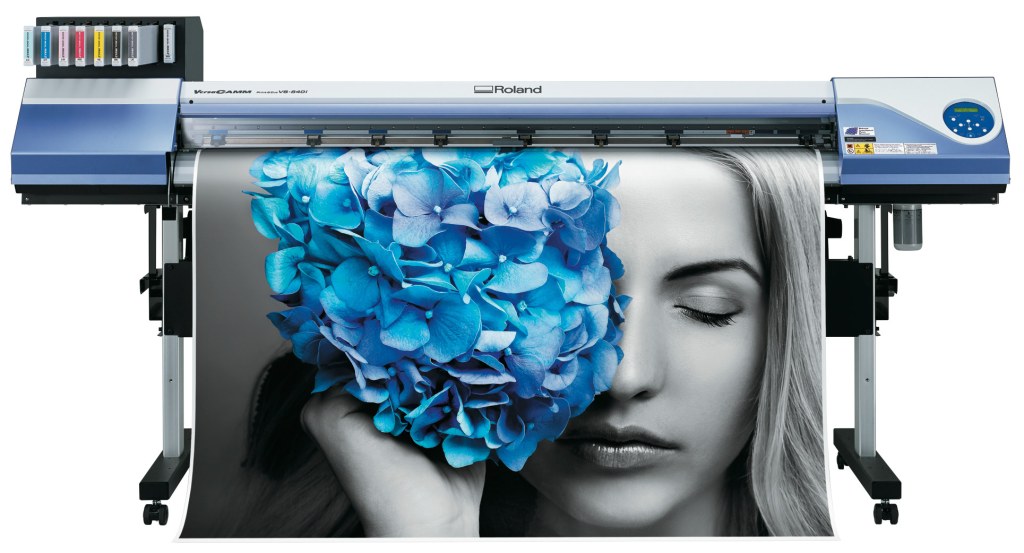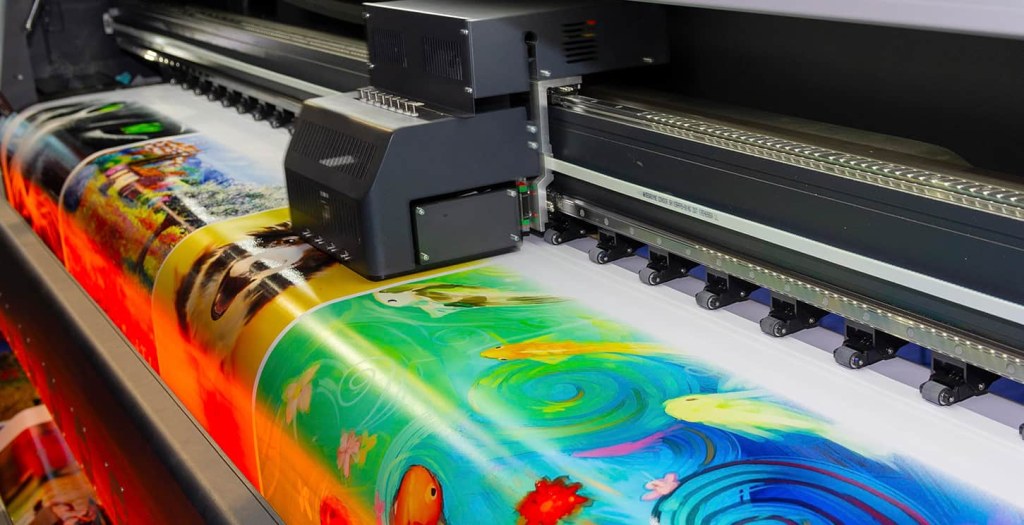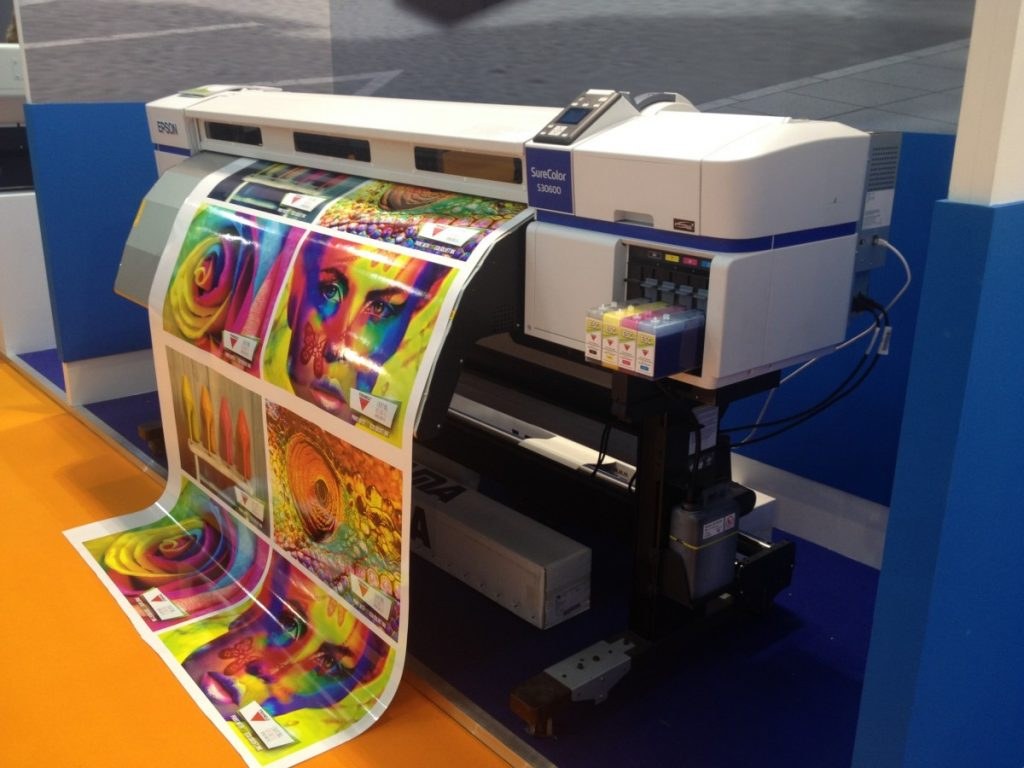Printing & Packaging Technology: Revolutionizing the Industry
Greetings, Readers! Today, we delve into the fascinating world of printing and packaging technology. In an era where visual appeal and product presentation play crucial roles, staying ahead of the game is essential. With advancements in technology, the printing and packaging industry has undergone a remarkable transformation. In this article, we will explore the various aspects of printing and packaging technology, its advantages and disadvantages, and answer some frequently asked questions. So, let’s dive in and discover the wonders of this revolutionary field!
Introduction
Printing and packaging technology refers to the processes and techniques used to produce and enhance printed materials and packaging designs. It encompasses a wide range of technologies, including digital printing, flexography, lithography, and more. These advancements have revolutionized the industry by improving efficiency, quality, and versatility. Printing and packaging technology plays a vital role in various sectors, such as branding, marketing, and product differentiation.
Now, let’s explore the different aspects of printing and packaging technology in more detail:
What is Printing & Packaging Technology?

Image Source: hmigift.com
Printing technology involves the reproduction of text and images using various methods, such as inkjet, laser, or offset printing. Packaging technology, on the other hand, focuses on the design, production, and utilization of packaging materials to protect and promote products. The combination of these two fields has led to innovative solutions that cater to the evolving needs of businesses and consumers alike.
Advancements in Printing Technology
Printing technology has come a long way from traditional methods to modern digital techniques. The introduction of digital printing has revolutionized the industry, allowing for faster turnaround times, personalized designs, and cost-effective production. With digital printing, businesses can now create high-quality prints with vibrant colors and sharp details, all while reducing waste and environmental impact.
Evolution of Packaging Technology

Image Source: metrorepro.co.uk
Packaging technology has evolved to meet the increasing demands of product protection, branding, and sustainability. From simple cardboard boxes to elaborate designs, packaging now plays a crucial role in attracting and engaging customers. Innovative features like tamper-evident seals, eco-friendly materials, and interactive packaging have transformed the way products are presented and perceived.
Who Uses Printing & Packaging Technology?
Printing and packaging technology is utilized by a wide range of industries, including food and beverages, pharmaceuticals, cosmetics, and retail. Businesses of all sizes, from small startups to large corporations, benefit from these technologies to enhance their branding, improve product visibility, and stand out in competitive markets. Additionally, printing and packaging companies play a vital role in assisting businesses with their printing and packaging needs.
Applications in Various Industries
In the food and beverage industry, printing and packaging technology is used to create enticing product labels, food packaging, and promotional materials. Pharmaceutical companies rely on printing technology to produce accurate dosage instructions, warning labels, and packaging materials that comply with regulatory standards. Similarly, the cosmetic industry utilizes printing and packaging technology to create visually appealing product packaging that reflects the brand’s image.
When Should Printing & Packaging Technologies Be Implemented?

Image Source: collegecopyshop.com
Printing and packaging technologies should be implemented at various stages of a product’s lifecycle. From the initial design phase to the final production and distribution, these technologies play a crucial role in ensuring the success of a product in the market. The integration of printing and packaging technology should be considered early on to ensure seamless coordination between design, production, and marketing efforts.
Key Stages of Implementation
During the design phase, printing and packaging technologies are utilized to create prototypes, test different packaging designs, and gather consumer feedback. Once the design is finalized, printing technologies come into play to produce high-quality packaging materials. Finally, during the distribution phase, printing technologies enable efficient batch printing, barcoding, and labeling to streamline the logistics process.
Where Can Printing & Packaging Technologies Be Found?
Printing and packaging technologies are found in various settings, including printing houses, packaging manufacturers, design studios, and retail establishments. Printing houses are equipped with state-of-the-art printing presses and digital printers, while packaging manufacturers utilize advanced machinery to produce and customize packaging materials. Design studios incorporate printing and packaging technologies to create visually striking designs, and retail establishments utilize these technologies for in-store signage and displays.
Integration into the Supply Chain
Printing and packaging technologies are seamlessly integrated into the supply chain to ensure efficient production, distribution, and marketing. From the printing house to the packaging manufacturer to the retailer, each step of the process involves the utilization of these technologies to create a cohesive and visually appealing product packaging that catches the consumer’s eye.
Why is Printing & Packaging Technology Important?
Printing and packaging technologies are essential for businesses to establish a strong brand identity, attract customers, and differentiate themselves from competitors. The visual appeal and quality of printed and packaged products significantly impact consumer perception and purchasing decisions. By leveraging these technologies, businesses can create memorable and visually captivating experiences for their target audience.
Enhancing Brand Perception
Printing and packaging technologies allow businesses to create packaging designs that reflect their brand’s personality, values, and story. By combining unique prints, colors, and materials, businesses can differentiate themselves in the market and leave a lasting impression on consumers. Packaging that is visually appealing and functional enhances the overall brand perception and increases the perceived value of the product.
How Does Printing & Packaging Technology Work?
Printing and packaging technologies involve a series of processes that combine various materials, machinery, and design elements. The specific workflow varies depending on the chosen printing technique, packaging materials, and the desired outcome. However, the general steps include design creation, prepress preparation, printing or manufacturing, finishing, and quality control.
Design Creation and Prepress Preparation
In the design creation phase, graphic designers utilize specialized software to create packaging designs, incorporating branding elements and product information. These designs are then prepared for printing or manufacturing through prepress processes, which involve color separation, proofing, and file preparation to ensure accurate reproduction.
Printing or Manufacturing
Once the design is ready, it is transferred onto the printing plates or directly onto the packaging material using digital printing technologies. Offset printing involves transferring the design from the plates onto a rubber blanket, which then presses it onto the packaging material. Digital printing, on the other hand, involves directly applying ink onto the material using inkjet or laser printers.
Finishing and Quality Control
After printing or manufacturing, the packaging goes through various finishing processes, such as die-cutting, folding, gluing, and embossing. These processes add the final touches to the packaging, creating a functional and visually appealing product. Quality control measures are implemented to ensure that the finished products meet the desired standards in terms of print quality, color accuracy, and structural integrity.
Advantages and Disadvantages of Printing & Packaging Technology
Like any other technological advancements, printing and packaging technologies come with their own set of advantages and disadvantages. Let’s explore some of them:
Advantages
1. Enhanced Visual Appeal: Printing and packaging technologies allow for high-quality, visually striking designs that capture consumer attention and increase brand recognition.
2. Customization and Personalization: These technologies enable businesses to tailor their packaging designs to specific target markets, creating a personalized experience for consumers.
3. Efficiency and Time Savings: Digital printing and packaging processes reduce production time and costs compared to traditional methods, allowing businesses to meet tight deadlines and quickly adapt to market demands.
4. Sustainability: Advanced packaging technologies offer eco-friendly options, utilizing recyclable materials and minimizing waste, contributing to a more sustainable future.
5. Improved Product Protection: Packaging technologies provide enhanced product protection, ensuring that goods reach consumers in optimal condition, reducing the risk of damage.
Disadvantages
1. Initial Investment: Implementing printing and packaging technologies may require a significant upfront investment in machinery, software, and training.
2. Learning Curve: Adapting to new technologies and workflows may require time and resources for employees to master, potentially causing initial productivity disruptions.
3. Technical Limitations: Certain printing and packaging technologies may have limitations in terms of color matching, print resolution, or compatibility with specific packaging materials.
4. Maintenance and Upkeep: Machinery and equipment used in printing and packaging technologies require regular maintenance and updates, adding to operational costs.
5. Environmental Impact: While advancements have been made in eco-friendly packaging, some printing and packaging technologies still have environmental impacts due to energy consumption and waste generation.
Frequently Asked Questions (FAQs)
1. How can printing and packaging technology benefit small businesses?
Printing and packaging technology enables small businesses to create professional-quality packaging designs, enhance their brand image, and compete with larger companies. It also allows for cost-effective production and customization options tailored to their target market.
2. What are the key considerations when choosing printing and packaging technologies?
Some key considerations include the desired print quality, types of materials to be used, volume of production, budget, and environmental sustainability goals. Consulting with printing and packaging experts can help in making informed decisions.
3. Can printing and packaging technology help in reducing waste?
Yes, advanced printing and packaging technologies offer options for more sustainable practices. These include the use of recyclable materials, optimized packaging designs to reduce material waste, and digital printing processes that minimize ink and paper waste.
4. How can printing and packaging technology contribute to brand differentiation?
Printing and packaging technologies enable businesses to create unique and eye-catching designs that stand out on store shelves. Customization options allow brands to tailor their packaging to their target market, creating a memorable and distinctive presence.
5. What are the emerging trends in printing and packaging technology?
Some emerging trends include the integration of smart packaging technology, interactive designs, sustainable materials, and the use of augmented reality for enhanced consumer engagement.
Conclusion
In conclusion, printing and packaging technology has revolutionized the industry, offering businesses the means to create visually appealing, personalized, and sustainable packaging solutions. From digital printing to advanced packaging materials, the possibilities are endless. By leveraging these technologies, businesses can enhance their brand perception, attract customers, and stay ahead in the competitive market. So, embrace the wonders of printing and packaging technology and unlock your brand’s potential!
Final Remarks
Friends, as we conclude this article, it is important to remember that the field of printing and packaging technology continues to evolve at a rapid pace. Stay updated with the latest advancements and explore how they can benefit your business. Consult with experts in the field to ensure that your printing and packaging strategies align with your brand’s goals and values. Embrace the power of technology and let it propel your business to new heights. Happy printing and packaging!